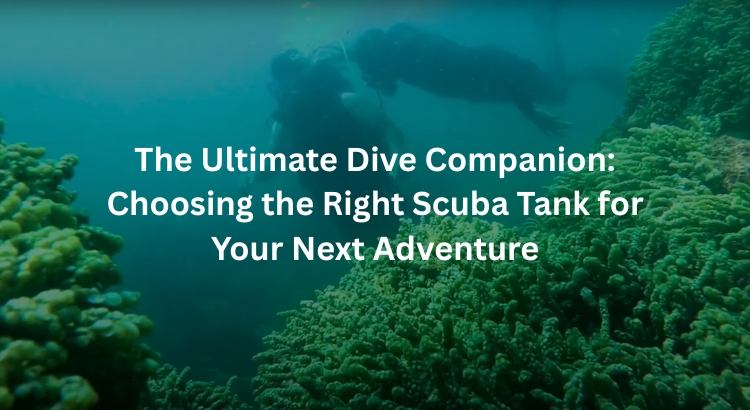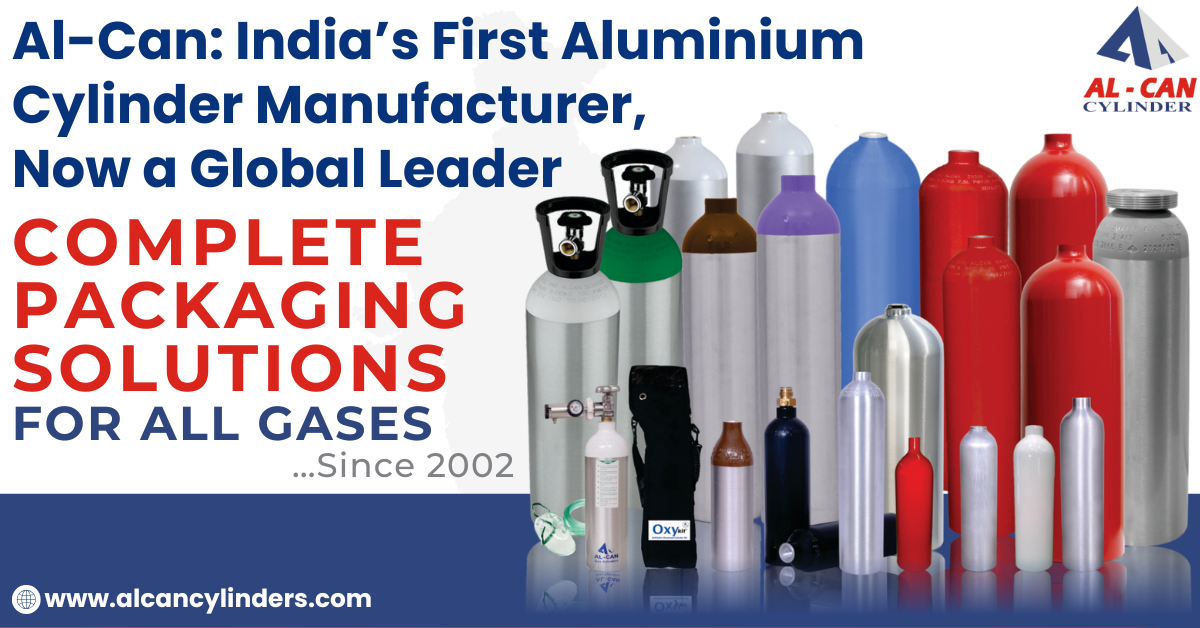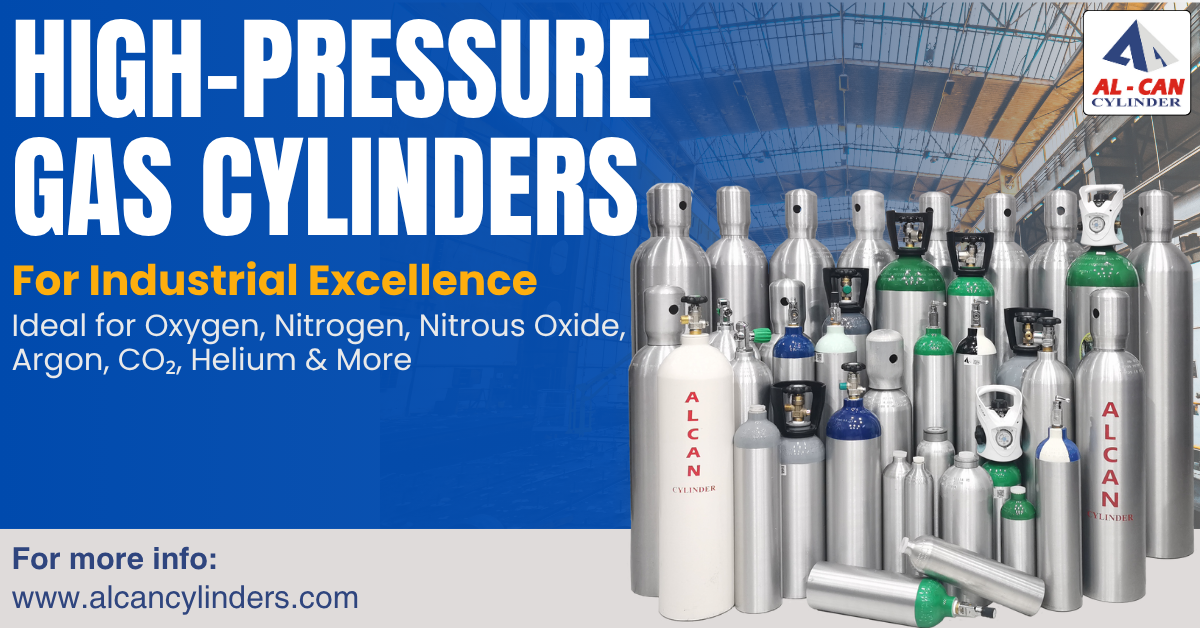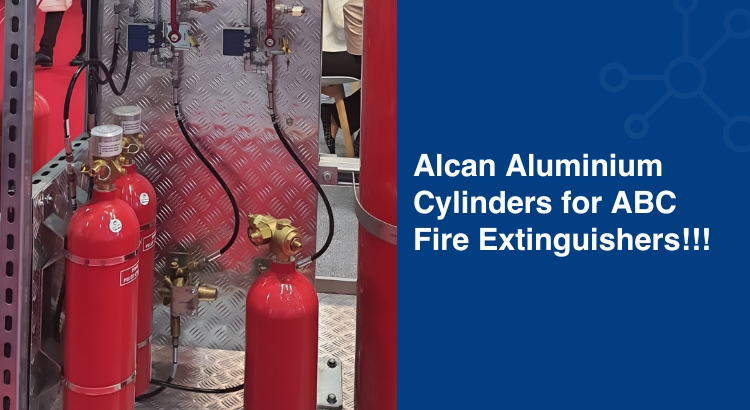Blog

The Ultimate Dive Companion: Choosing the Right Scuba Tank for Your Next Adventure
Whether you’re planning a serene reef dive or gearing up for a deep-sea expedition, one essential piece of equipment determines how long and how safely you stay underwater — the scuba tank. It may seem like a simple cylinder, but choosing the right one can dramatically improve your diving experience.
In this guide, we’ll help you understand how to select the perfect tank for your needs, ensuring safety, comfort, and performance on every dive.
Why Your Scuba Tank Matters More Than You Think
A scuba tank is not just about air supply — it affects your buoyancy, dive duration, gear weight, and even travel logistics. With many options available, understanding the nuances can help you make an informed choice that aligns with your diving goals.
Types of Scuba Tanks Based on Dive Needs
Every diver has a unique diving style and environment. Here’s how you can match your scuba tank choice to your requirements:
1. Recreational Diving
For casual or entry-level divers, compact tanks with moderate capacity offer the right balance between air time and ease of handling.
2. Technical or Deep Diving
These dives often require tanks with higher pressure ratings and greater capacity to accommodate longer underwater durations and gas blends.
3. Travel Diving
If you frequently travel for your dives, you’ll want a tank that is lightweight and easy to transport without compromising safety or standards.
Key Factors to Consider When Choosing a Scuba Tank
Tank volume (typically in liters or cubic feet) directly impacts your bottom time. Make sure to choose a size that matches your air consumption rate and dive plan.
Working Pressure
Higher-pressure tanks can store more air in a compact size, but may require compatible valves and regulators. Common ratings include 200 bar (3000 psi) and 232 bar (3300 psi).
Weight & Buoyancy
Some tanks become positively buoyant when empty, affecting your trim. Make sure you choose one that complements your dive weight system.
Certifications & Safety Standards
Look for cylinders that comply with international safety norms like ISO 7866 or those bearing Pi-mark approvals, especially if diving in regulated territories.
Maintenance Tips to Extend the Life of Your Scuba Tank
Proper care keeps your tank safe and reliable. Here’s how:
- Visual inspection: Perform annually to check for internal corrosion or damage.
- Hydrostatic testing: Required every 5 years to ensure the cylinder can safely hold pressure.
- Proper storage: Keep it in a dry place, upright, and slightly pressurized.
Conclusion: The Right Scuba Tank Elevates Every Dive
Your scuba tank is more than just a container — it’s your lifeline beneath the surface. Selecting the right one tailored to your diving style enhances not just safety but also enjoyment. Whether you’re new to diving or a seasoned pro, investing time in choosing the right gear pays off with every breath underwater.
Want expert advice or certified cylinders for your dive shop or expedition?
Email: cylinders@alcanexports.com
WhatsApp: +91 91676 76685
Website: www.alcancylinders.com




